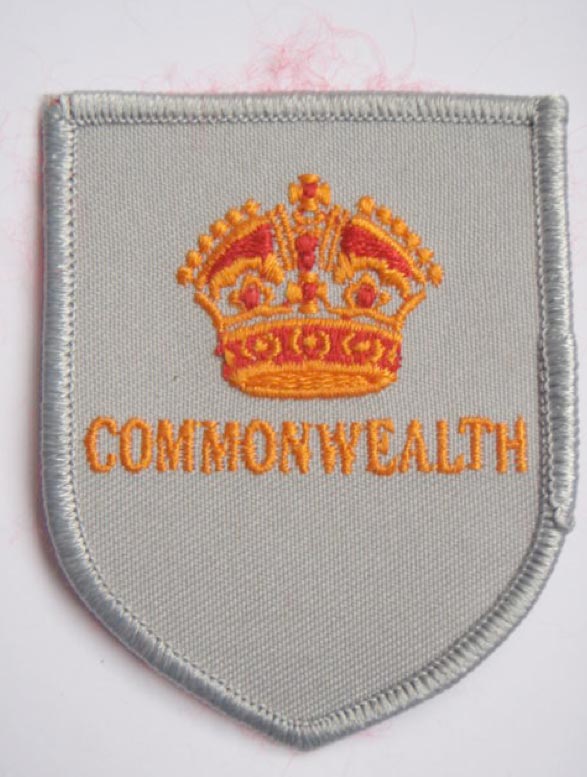Unlike recent campaigns and peace keeping duties, little was made of men returning from one of the most ferocious wars of recent times. 1,139 British military personnel were killed, of which, 79 were members of the Royal Regiment of Artillery. It has been estimated that total enemy casualties exceeded 1,500,000 of which 900,000 were Chinese. Further that around 3,500.00 and 4 million Korean civilians perished.
With the Chinese and North Korean Governments not recognising the terms of the Geneva Convention, it meant that many atrocities were committed, especially in the early days when captured UN combatants were marched north to primitive camps near the Chinese border. World War II had only relatively recently ceased, and that, plus Korea being an “incident” at the other end of the world, left the Allied populations sapped of energy with which to take more than a glancing interest.


Recent Comments